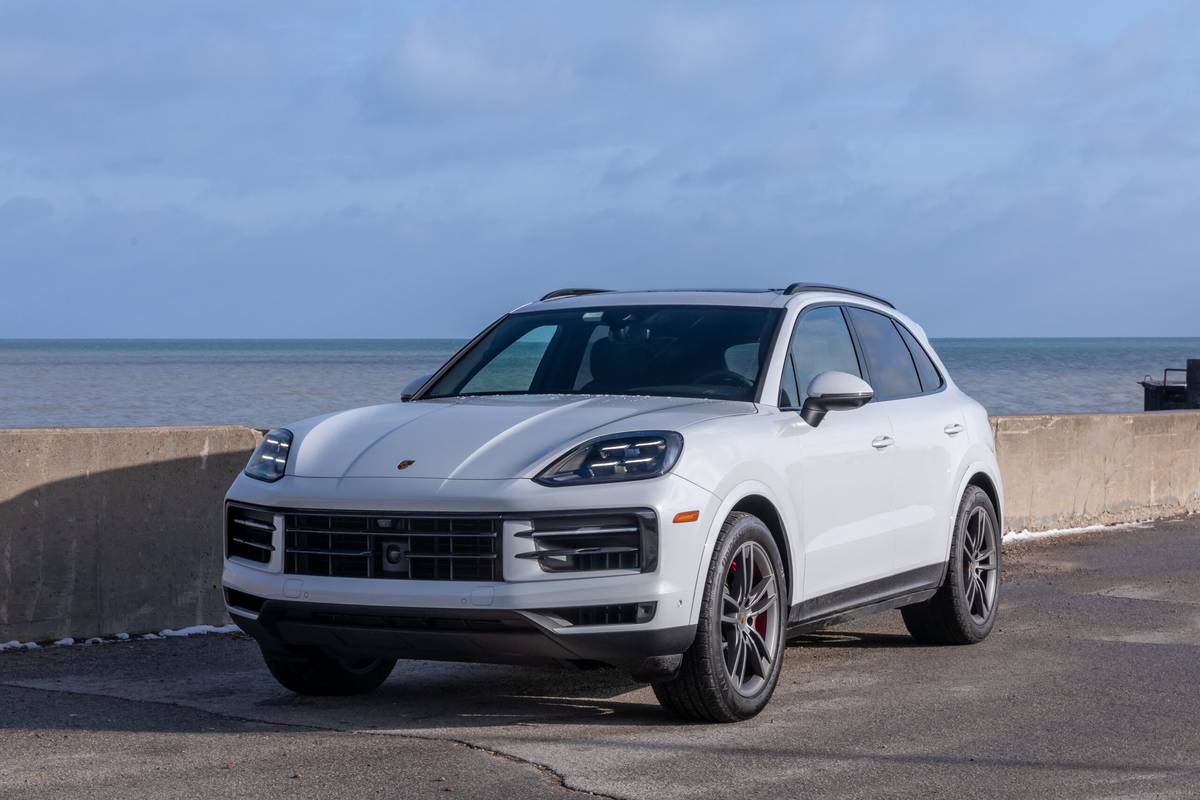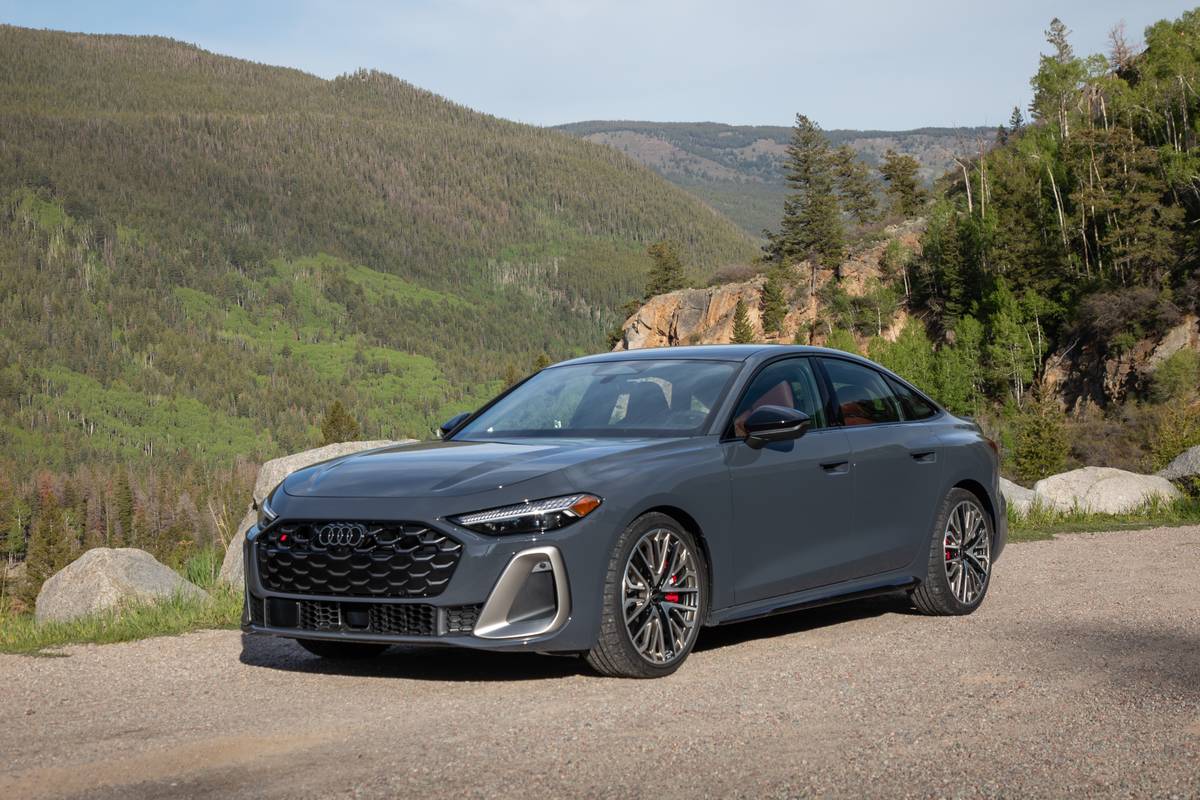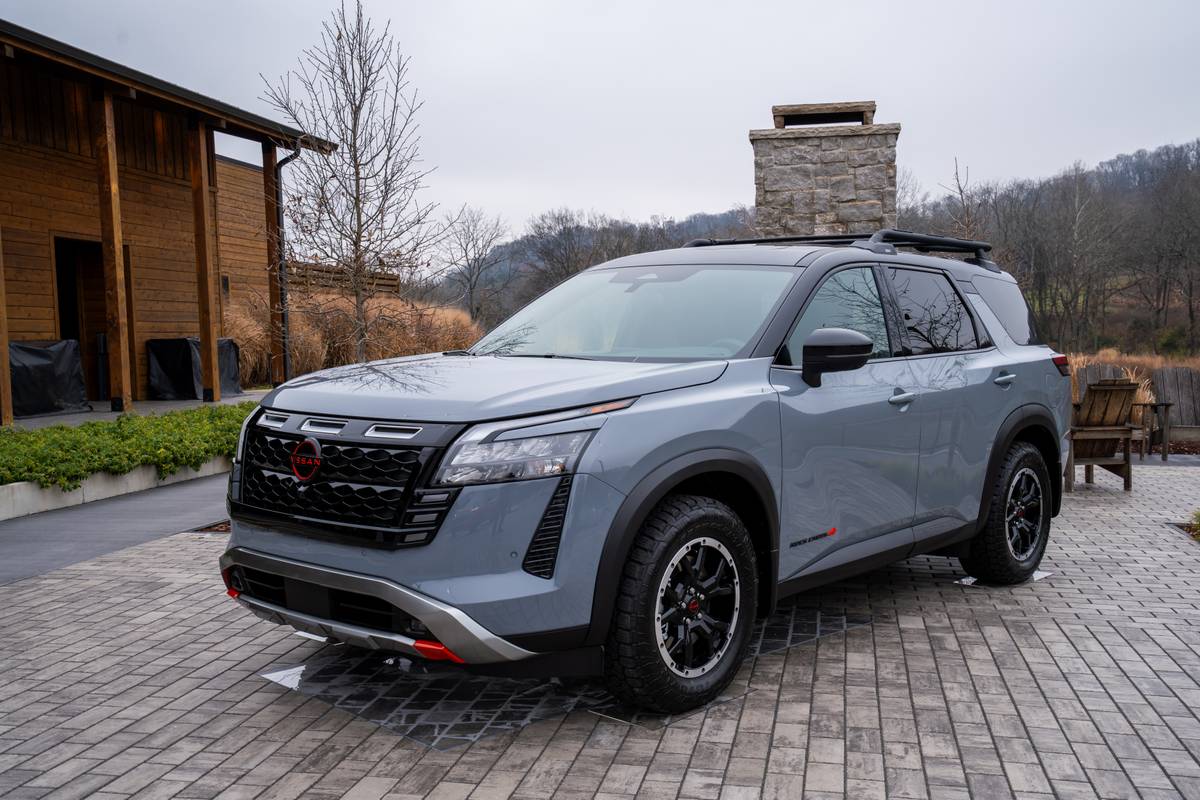washingtonpost.com's view
Small is good. Keiko Matsui and the 1999 Lexus RX 300 are proof. Matsui is a magician musician who turns the tiniest notes on piano and keyboard into grand works of passion, each note supporting the other, forming a phrase, leading to something memorable. It is the difference between art and kitsch.
The Lexus RX 300 is a sport-utility vehicle — mobile art executed with exquisite attention to the tiniest details. It is the difference between first and second.
Put another way: Had both the Lexus RX 300 and the highly praised Mercedes-Benz ML320 sport-utility vehicle been available for test drives at the same time, the Benz would have finished a very definite second in this column. The difference is in the treatment of the seemingly insignificant.
Start with the interior fit and finish. Because they concentrated on building a true off-road vehicle that also does well on pavement at a price under $35,000, the makers of the Mercedes ML320 had to cut costs somewhere. They chose the dashboard, which is equipped with a toy like, plastic glove compartment cover and augmented with other cheap-feel plastic components, such as easily breakable cup holders mounted near the side air vents.
Apparently small stuff. But it’s not so small in a high-image vehicle where you wouldn’t expect to find econocar pieces. Toyota Motor Corp., maker of the Lexus RX 300, understands this.
There is nothing cheap-feel about anything in the RX 300. And there’s wondrous attention to fine points, such as the placement of the automatic gearshift lever in the center console above the floor, where it’s in easy reach of the right hand and out of the way of everything else.
Toyota’s strategy was simple: Put top quality where the RX 300 buyer could touch and see it, and do that by designing an all-wheel-drive vehicle that is more for on-road than off-road, because on-road is where 98 percent of its buyers are going to do all of their driving.
That meant building a sport-ute that has the convenience of a station wagon, but also the rugged appeal of a truck and the overall feel of a sports sedan. Thus, getting in and out of the RX 300 is less of a chore than entering and exiting the ML320, which has a higher floor than its Japanese competitor. Yet the RX 300 offers comparable seating space for five passengers and as much room — as much as 75 cubic feet with the rear seats folded down — for cargo.
Although both Toyota and Mercedes-Benz were aiming at a hybrid car-truck, it’s clear that Mercedes-Benz elected to go more with the truck, while Toyota wanted something more akin to a car.
Those differences show up in handling, weight and towing capacity. The RX 300, for instance, seems more sure-footed in curves and at top highway speeds than does its German rival. But the ML320 seems more willing to do the heavy lifting: The ML320 weighs 4,740 to 6,000 pounds, depending on equipment, and can pull as much as 5,000 pounds. The RX 300 weighs 3,692 to 4,95 0 pounds and has a top towing capacity of 3,500 pounds.
And then there’s the engine — a three-liter, quad overhead cam, 24-valve, 220-horsepower V-6. Whoa! We’re talking about motorvation here! The ML320 offers a 215-horsepower V-6.
Toyota’s approach is more on target in terms of where the sport-ute market is going. Not only are luxury sport-ute owners disinclined to scuff up their vehicles in off-road travel, but their idea of hauling and towing generally falls short of doing anything that they couldn’t do with a station wagon or minivan, according to myriad market surveys.
What’s left, then, is style — a small thing in the minds of people who don’t understand the power of music, art, dance, sculpture or a poem or a novel well written. The RX 300 proves beyond any reasonable doubt that those small minds do not exist at Toyota.
1999 Lexus RX 300
Complaints: I had to return the RX 300, which is also available in a front-wheel-drive version.
Praise: It belongs on the shopping list of anyone considering a premium, compact sport-utility vehicle.
Ride, acceleration and handling: Smooth, smooth and very smooth. Excellent braking (power four-wheel discs, ventilated front and solid rear with standard, four-channel antilock system).
Head-turning quotient: Consistently flowing lines, front to rear. Got more public thumbs up than the ML320.
Safety: Because of its lower height, it’s probably more friendly in vehicle-to-vehicle crashes with cars than most sport-utes. The ML320 gets kudos here, too. But anyone who believes that the generally heavier RX 300 and ML320 won’t cream the average 3,000-pound mid-size passenger car is whistling Dixie. Dual front and side-impact air bags, coupled with highly rigid body structure, should do well in protecting RX 300 occupants in vehicle-to-vehicle crashes — especially if those people are belted.
Mileage: An impressive (for a sport-ute) 21 miles per gallon. Fuel tank holds 17.2 gallons of manufacturer-recommended 92-octane unleaded. Estimated 350-mile range on usable volume.
Sound system: Expensive and worth it.
Price: Preliminary 1999 pricing is $32,950 for the tested all-wheel-drive model and $31,550 for the front-wheel-drive version.
Purse-strings note: Move over, ML320. Catch up, Jeep Grand Cherokee, Ford Explorer, Nissan Pathfinder, Isuzu Trooper, Chevrolet Blazer/GMC Jimmy. The bodacious Dodge Durango and capable Land Rover Discovery are in classes by themselves.
Latest news



